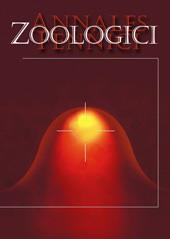In species expanding their ranges in response to climate warming or for other reasons, individuals with superior dispersal capacity are often more likely than others to establish new populations beyond the current range boundary. Previous studies on butterflies have shown that molecular variation in the glycolytic enzyme phosphoglucose isomerase (Pgi) is associated with variation in flight metabolic rate, flight capacity under unfavourable conditions, and dispersal rate. We examined allelic variation in Pgi in the European map butterfly (Araschnia levana), which has rapidly expanded northwards in Finland. We show that the kinetically fastest Pgi allele, Pgi-1, is associated with superior flight metabolic rate and is more frequent at the eastern Finnish expansion front than in old established populations in Estonia. In eastern Finland, the Pgi-1 allele is significantly more frequent in newly-established (age ca. 4 years) than in older populations (age 11 to 22 years), and the Pgi-1 allele is more frequent in the spring than in the summer generation, possibly because the greater mobility of the summer generation butterflies selects for Pgi-1. Our results are consistent with the hypothesis that range expansion may select for increased dispersal capacity at the expansion front, which may in turn further elevate the rate of expansion.
How to translate text using browser tools
1 March 2010
Pgi Genotype Influences Flight Metabolism at the Expanding Range Margin of the European Map Butterfly
Varpu Mitikka,
Ilkka Hanski
ACCESS THE FULL ARTICLE

Annales Zoologici Fennici
Vol. 47 • No. 1
March 2010
Vol. 47 • No. 1
March 2010




